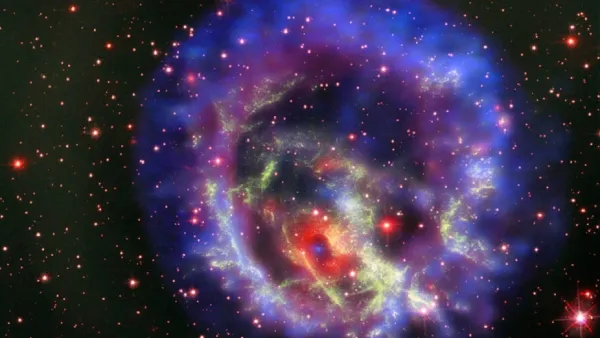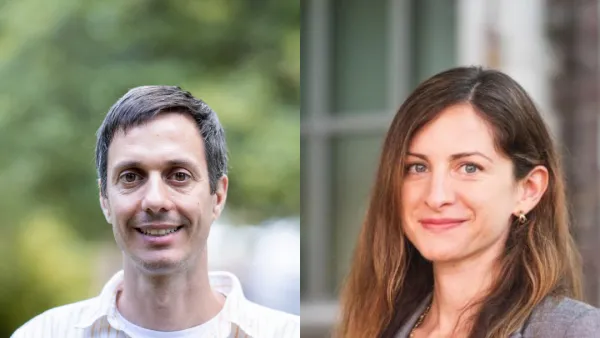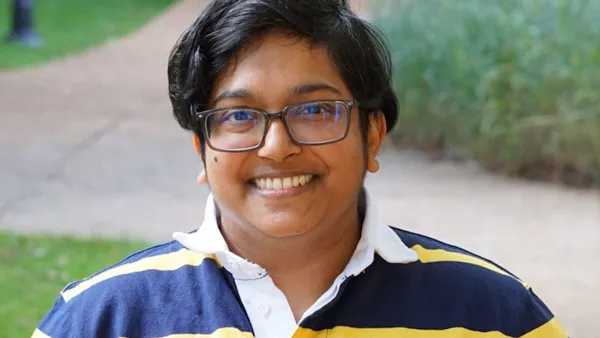The minuscule force that dark matter exerts may be measurable over billions of years through the subtle changes induced in stars.

McDonnell Center Postdoctoral Fellow Saurav Das's primary research focus revolves around the intriguing field of dark matter, which is believed to exist in significantly greater quantities than visible matter. Despite its prevalence, the exact nature of dark matter remains unknown.
Unlike ordinary matter, dark matter cannot be observed directly as it does not interact with electromagnetic radiation. The primary evidence for dark matter is gravitational observations. By studying the gravitational effects of dark matter on stars and the light they emit, especially on larger scales including small galaxies, we can infer the presence and distribution of dark matter. In the same way that Silly Putty distorts its shape when pulled, gravity stretches space and distorts the light from distant galaxies as it travels cosmic distances to reach us.
These signatures of dark matter are based upon our current understanding of gravity. The Standard Model of particle physics is a theory describing three of the four known fundamental forces in the universe. Our understanding of the fourth fundamental force, gravity, is incomplete, and the existence of dark matter could be questioned because of this. We currently have this macroscopic theory of dark matter, primarily explaining phenomena on large scales. To gain a comprehensive understanding of dark matter, it is essential to understand its microscopic nature as well.
Several microscopic theories of dark matter exist, all of which yield the same macroscopic description. In his search for dark matter signatures, Das' research is focused on determining which of these microscopic theories provides the most accurate description of dark matter. Das pursues various avenues of investigation, including analyzing data from neutrino experiments, cosmological surveys such as the cosmic microwave background, and utilizing astrophysical data from X-ray or gamma-ray telescopes. The particles associated with dark matter include scalars, fermions, and vector bosons. To maintain an unbiased approach, researchers strive to explore all possible particle models without being limited to a specific theoretical framework.
It is possible that the correct theory chosen by nature could be one of the existing theories, a combination of multiple theories, or an entirely new and distinct theory yet to be discovered. Das’s aim is to observe the smallest particles to gain a deeper understanding of dark matter.
Das moved from India to the United States in 2017 to pursue his PhD at the University of Maryland, College Park. Upon completing his degree in 2023, he was awarded a two-year McDonnell Center for the Space Sciences (MCSS) postdoctoral fellowship. He collaborates with Bhupal Dev, an associate professor of physics and an MCSS fellow.
"Dev has given me the freedom to choose my own research topics while still being available for assistance when needed," said Das. "I enjoy being able to pursue my own ideas. Francesc Ferrer, who conducts similar research, provides support and guidance as well."
Das also expresses gratitude for the financial support provided by the MCSS fellowship and acknowledges the continuous encouragement he receives from Director Brad Jolliff.
Jolliff said, "It's great that we have both experimental and theoretical approaches to exploring dark matter. Saurav certainly complements our efforts to address dark matter using multiple approaches."
Das enjoys living in a city the size of St. Louis and he appreciates the various attractions the city has to offer. Forest Park, the Art Museum, and the St. Louis Zoo are among his favorite spots.




